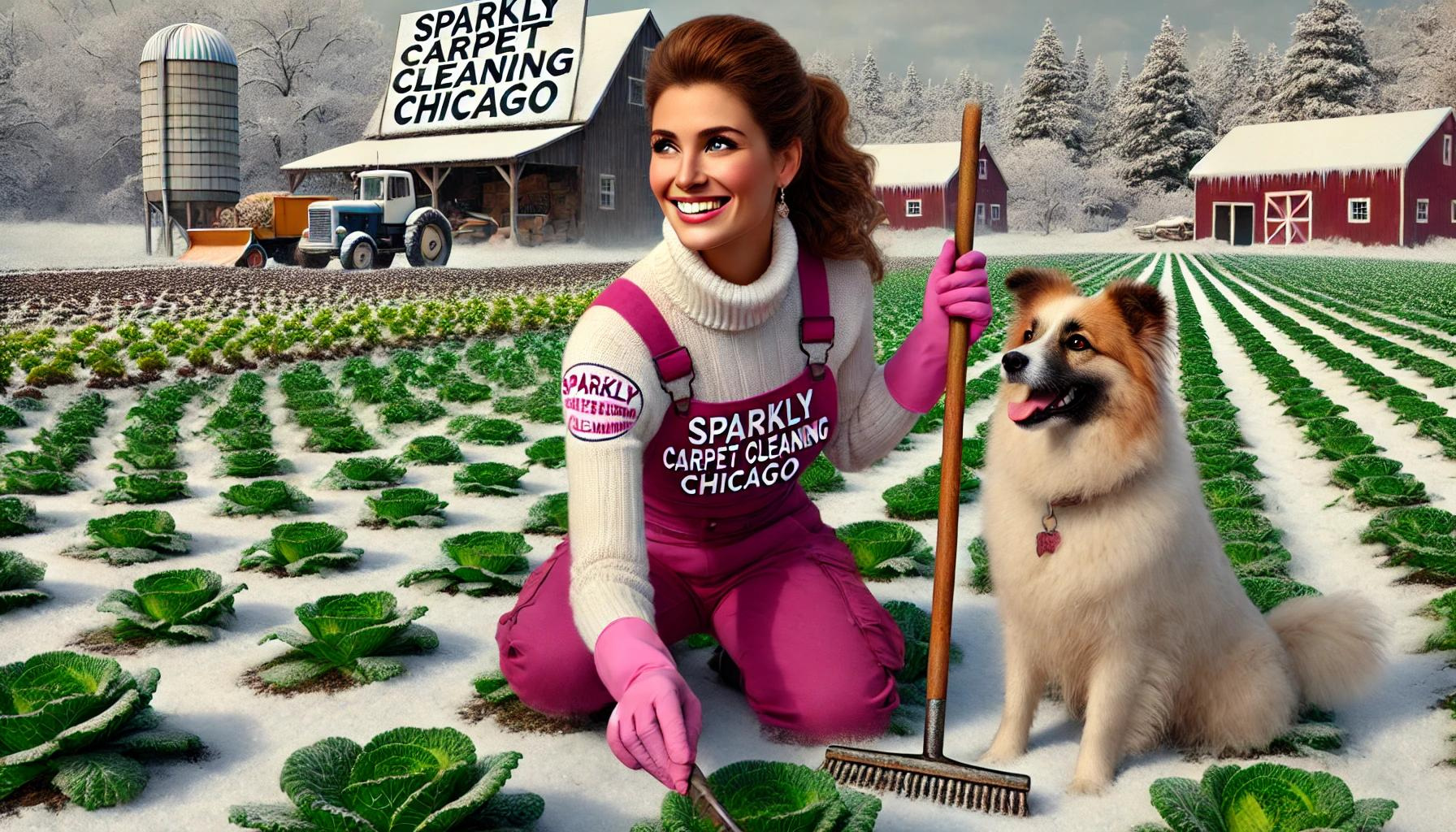Understanding When The Last Frost In Chicago Typically Occurs For Successful Gardening
Navigating The Challenges Of Chicago’s Last Frost Date For A Bountiful Harvest
Chicago's Unpredictable Weather
Chicago's weather is famously unpredictable, especially when it comes to the transition from winter to spring. For gardeners, farmers, and anyone who loves planting, knowing the last frost date is crucial for planning. This blog will delve into when you can typically expect the last frost in Chicago, why it matters, and how to prepare your garden accordingly.
What is the Last Frost Date
The last frost date refers to the final day in the spring when temperatures dip below freezing. This date is critical for gardeners because planting too early can result in frost damage to tender plants. In Chicago, where winters can be harsh and linger longer than expected, understanding the last frost date can mean the difference between a bountiful harvest and a disappointing one.
Historical Last Frost Dates in Chicago
Historically, Chicago's last frost date varies but typically falls between late April and early May. The average date is around April 29th, but this can shift depending on the year. It's important to keep an eye on long-range weather forecasts as the date approaches, as unexpected cold fronts can push this date back.
Factors Influencing Frost Dates in Chicago
Several factors can influence the last frost date in Chicago, making it a moving target:
Microclimates: Urban areas like Chicago create microclimates where temperatures can vary significantly even within a few miles. For instance, areas near Lake Michigan might experience frost later due to the moderating effect of the water.
Global Weather Patterns: Climate change and global weather patterns like El Niño or La Niña can also shift the frost dates. Warmer winters might lead to an earlier last frost, while colder winters could push it later into the season.
Local Variability: Chicago's large geographical area means that different parts of the city can experience frost on different dates. Suburbs and areas farther from the city center might see frost linger longer.
Preparing Your Garden for the Last Frost
Preparing your garden for the last frost is all about timing and protection. Here are some tips to help you get started:
Start Indoors: Begin planting seeds indoors 6-8 weeks before the expected last frost date. This gives your plants a head start and allows you to transplant them outside once the risk of frost has passed.
Use Frost Covers: If you've planted outside and a late frost is forecasted, use frost covers or old sheets to protect your plants overnight. This can help save tender shoots from frost damage.
Monitor the Weather: Keep a close eye on local weather reports as the last frost date approaches. Being prepared to cover plants or move pots indoors on short notice can be crucial.
Extending Your Growing Season
In Chicago, the growing season can be relatively short due to the cold winters and late spring frosts. However, there are ways to extend your growing season:
Cold Frames and Greenhouses: These structures can protect plants from frost and allow you to start your garden earlier. They trap heat and create a more stable environment for your plants.
Choose Hardy Plants: Opt for frost-resistant or hardy plants that can survive lower temperatures. Vegetables like kale, spinach, and peas can often tolerate a light frost, allowing you to plant them earlier.
Succession Planting: This technique involves planting crops in intervals so that you have a continuous harvest. It can help make the most of Chicago's unpredictable growing season.
Why the Last Frost Date Matters
Understanding the last frost date is not just about avoiding plant damage; it’s about maximizing your garden’s potential. Planting too early can lead to stunted growth or even plant death if frost hits. On the other hand, waiting too long can shorten your growing season, especially for crops that require a long time to mature.
The Last Word on Chicago’s Frost Date
While the last frost date in Chicago may be difficult to pin down precisely due to varying factors, having a good understanding and preparing accordingly can help you make the most of your gardening efforts. By planning ahead, monitoring the weather, and protecting your plants, you can ensure a successful growing season even in Chicago’s challenging climate.
Whether you're a seasoned gardener or a novice, knowing when the last frost hits is essential for thriving gardens. While nature might not always cooperate, with the right strategies, you can navigate Chicago's frosty challenges and look forward to a fruitful harvest.



